
If you search Google images for “landscape,” the results will yield verdant fields with neon, jagged peaks soaring into cerulean skies, and horizons that mystically dissolve into auspicious wisps. Brooklyn-based photographer Mark Dorf calls these idealized images “a sort of pornographic landscape—one that is amplified and manipulated into something that I think you could rename dreamscape.”
“Sure, no one expects to walk into the woods and see something with such highly saturated colors as what you find in this image search,” Dorf continues, “but I certainly think that affects the ways in which we remember the landscape—we tend to amplify and romanticize [it].”
Seeking real-life splendor, Dorf trekked to the Redwoods of California, the Rocky Mountains in Colorado, and New York’s Catskills to photograph a series of landscapes that most closely align with our immense expectations of nature. For Dorf, these ancient towering trees, snowy mountaintops, and fern-laden clearings are archetypes. He describes the landscapes as our oldest symbolic language. Now we use selective attention—the ability to focus on one aspect of our environment while eliminating others—to recognize a red or green light as cars move around us in traffic or to hear a companion’s recommendations among a restaurant’s din. But at one time, we looked to the foliage, weather, and natural formations around us to decide what to eat and when to flee.
Dorf layers the landscapes with collage, 3D rendering, and 3D scans to create the images of his series //_PATH. In the most subtle, arcs of colored light hover among trunks and leaves and mimic lens flare, the photographic phenomenon where scattered light creates visual artifacts. In others, rectangles carved by exaggerated contrast, detail, and saturation pop into the foreground. And in the most obviously manipulated, hyper-colored apparitions—a computer, a home, and scans of natural forms (stones, plants, or piles of dirt)—float. Together, they represent the range of ways we might read, interpret, and interact with the world around us, or as Dorf writes on his website, “the ways in which we have become dependent upon [the internet and digital] technology to help aid us in our navigation of our every day and how it affects our perception of the world around us all socially, emotionally, and physically.”
Put more simply: as we traverse the world physically or virtually, and look to the landscape—for the resources to build shelter or for an ideal to retreat to—we search, sort, and filter to see exactly what we need.
Mark Dorf is a photographer and artist based in Brooklyn, New York.
Sara Distin is a writer and editor based in Boulder, CO, and Brooklyn, NY. Follow her on Twitter @sldistin.

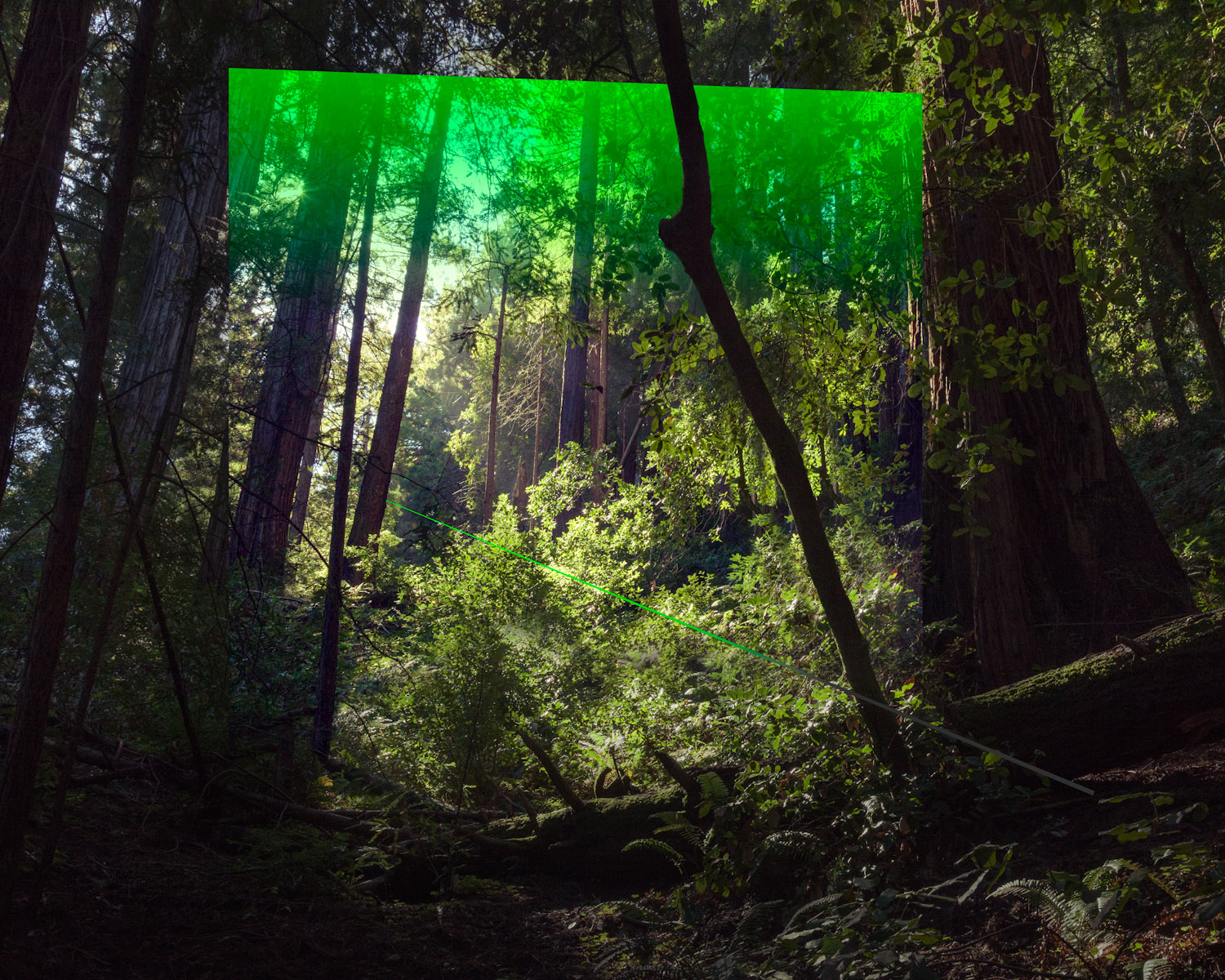
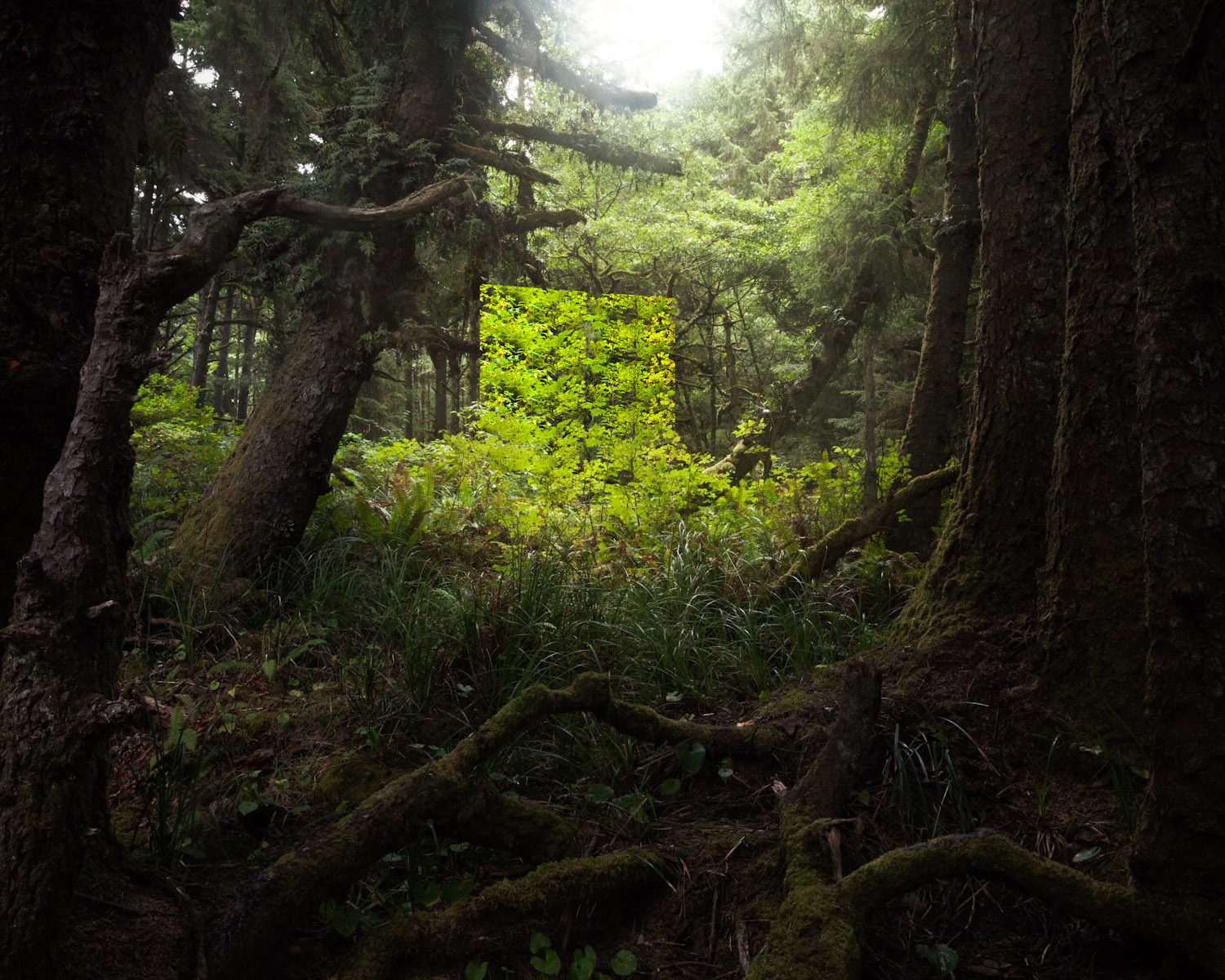

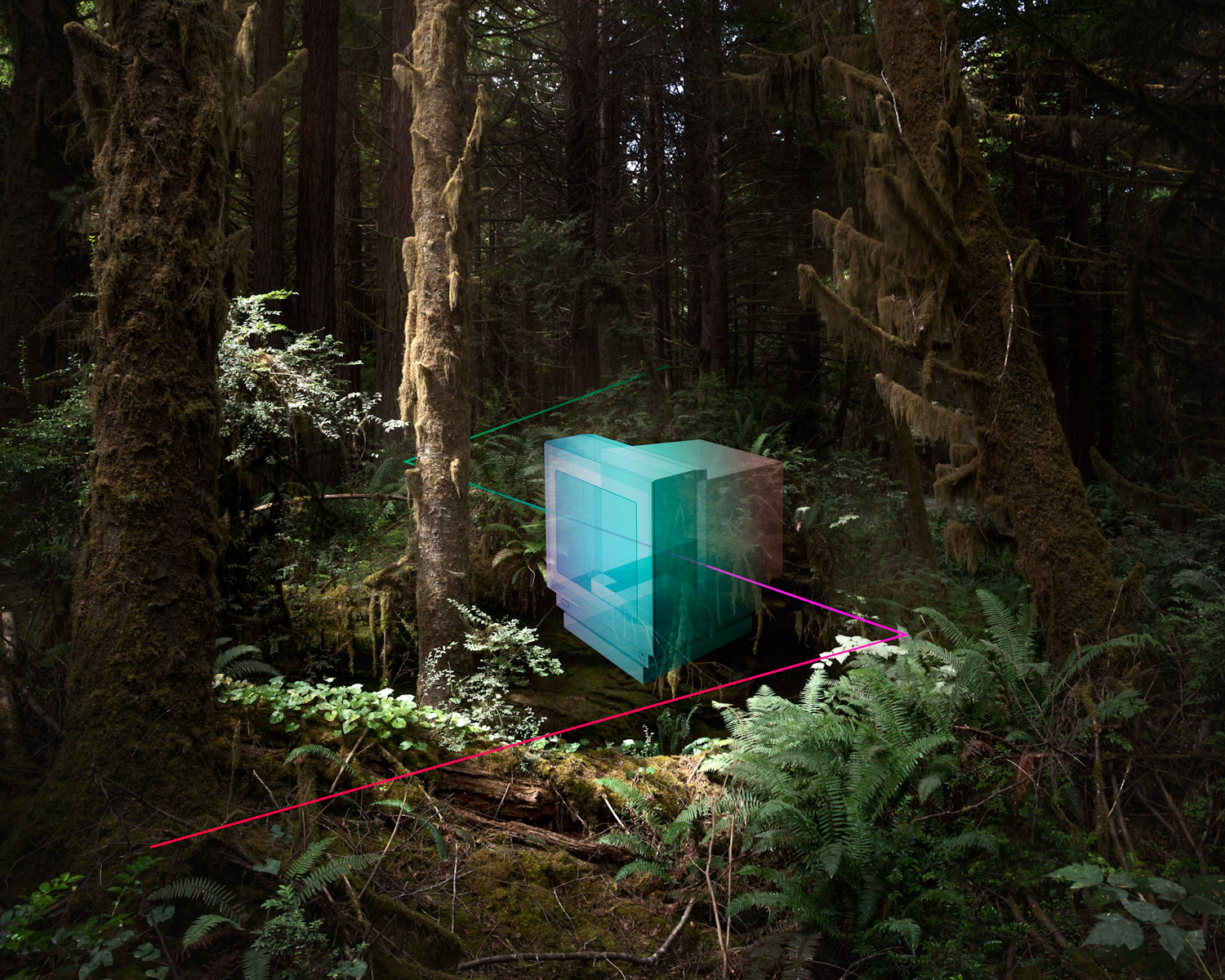

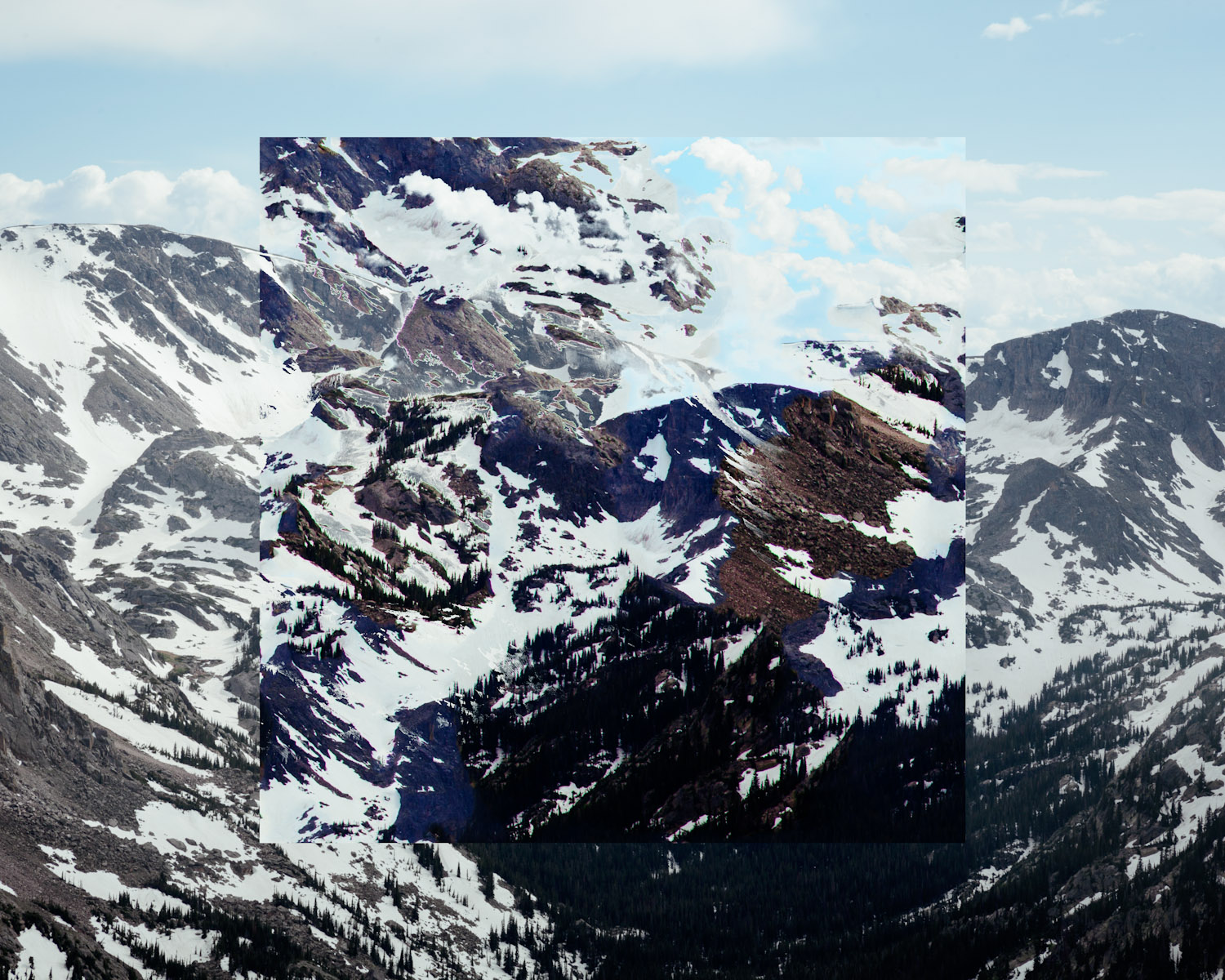
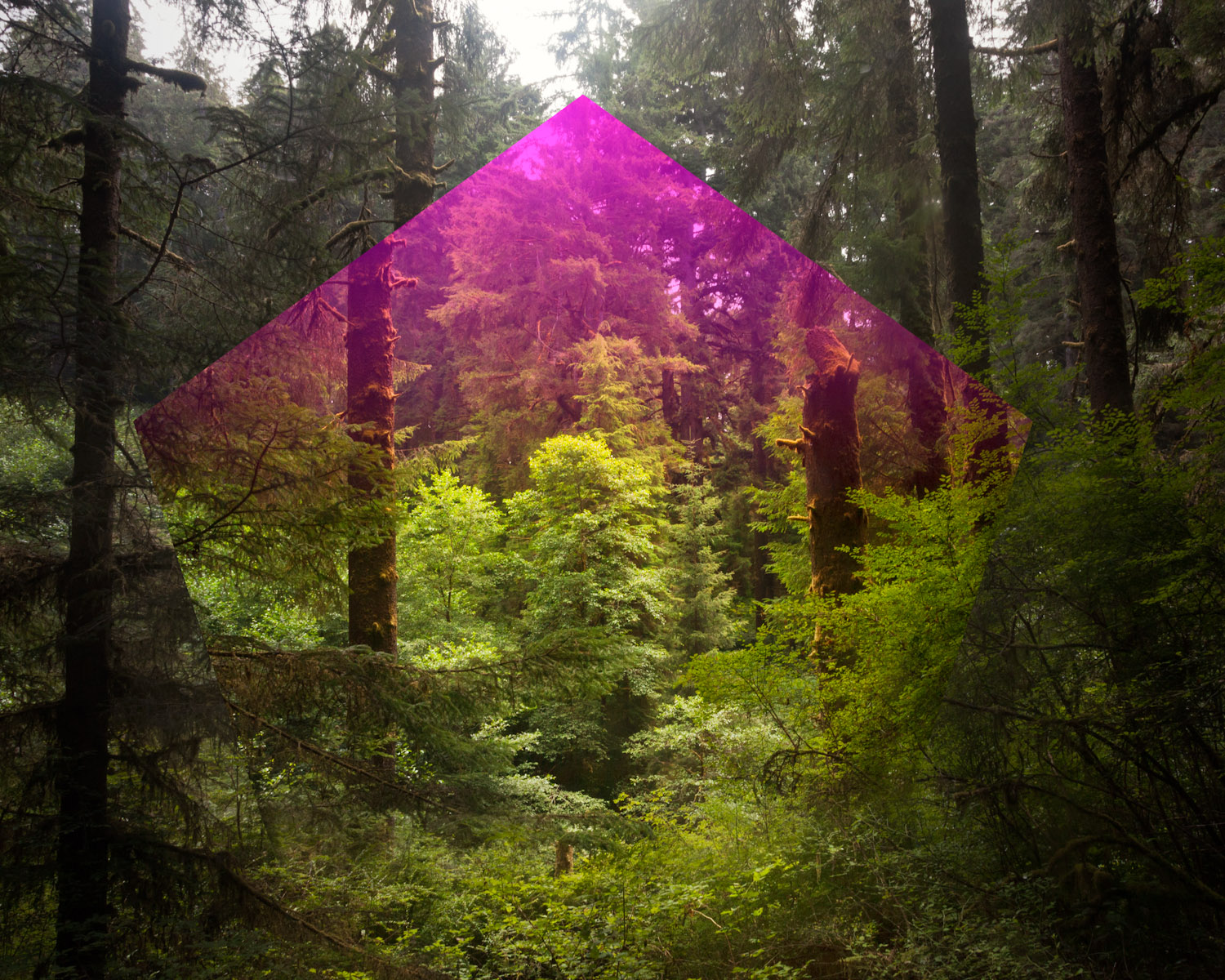
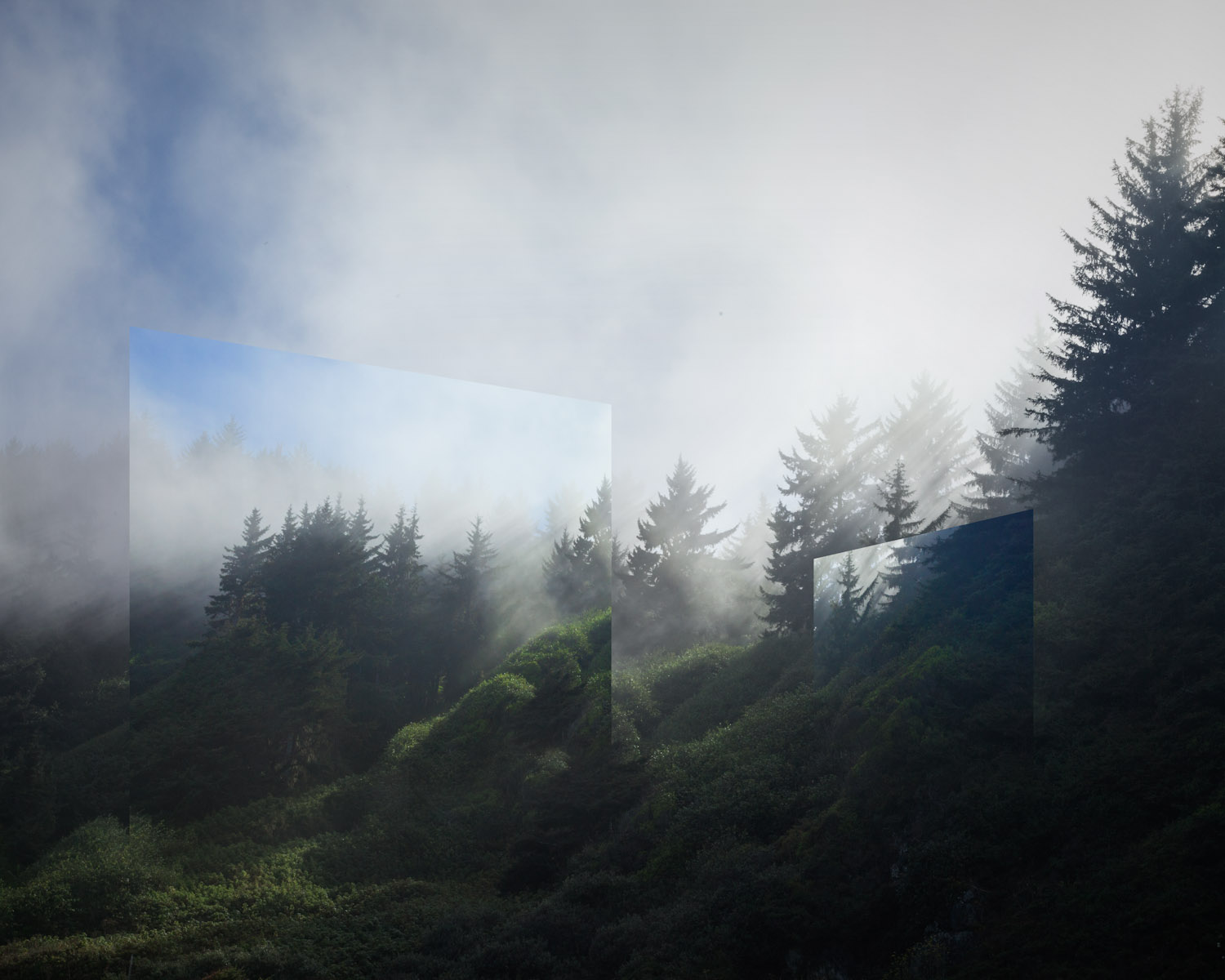
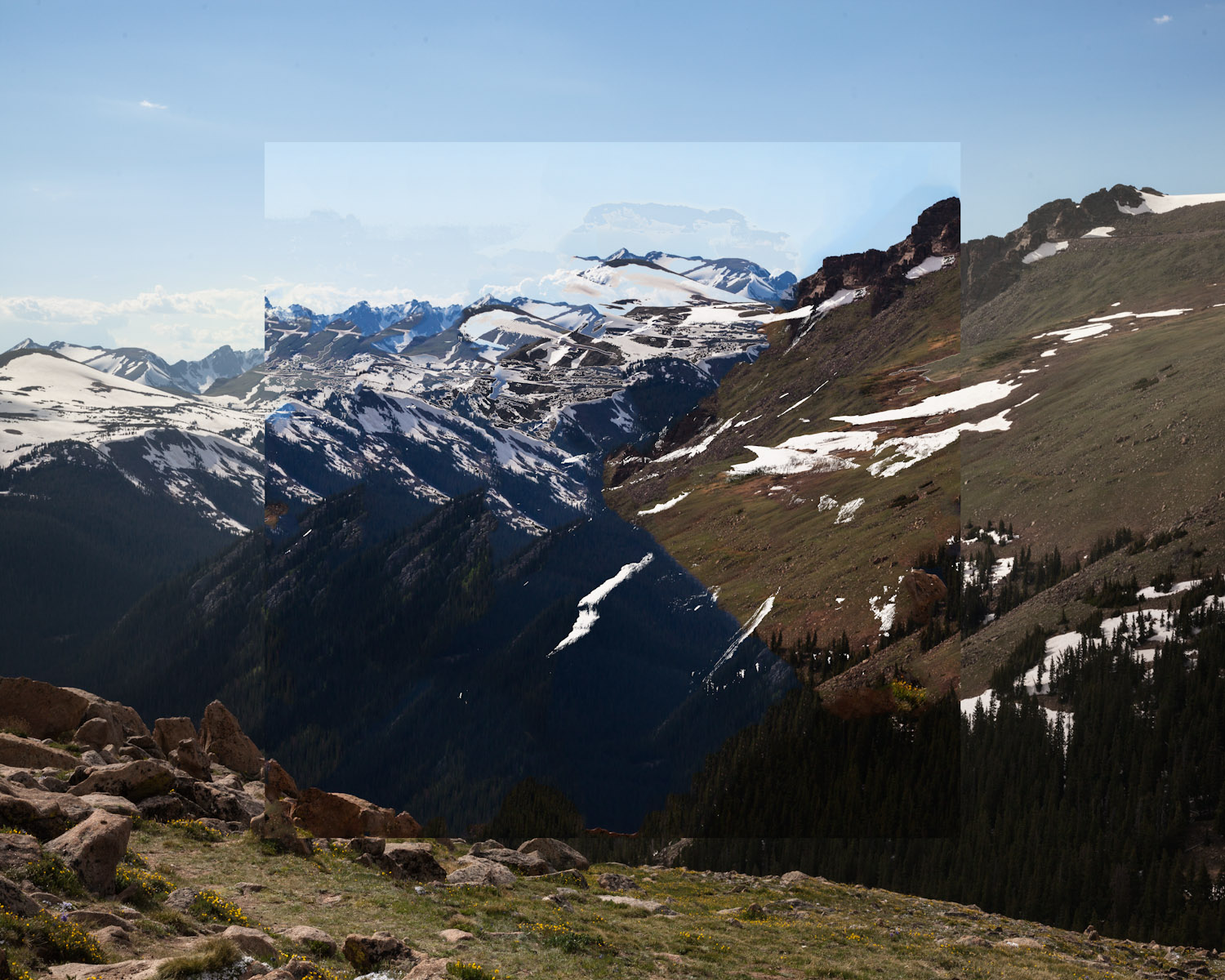
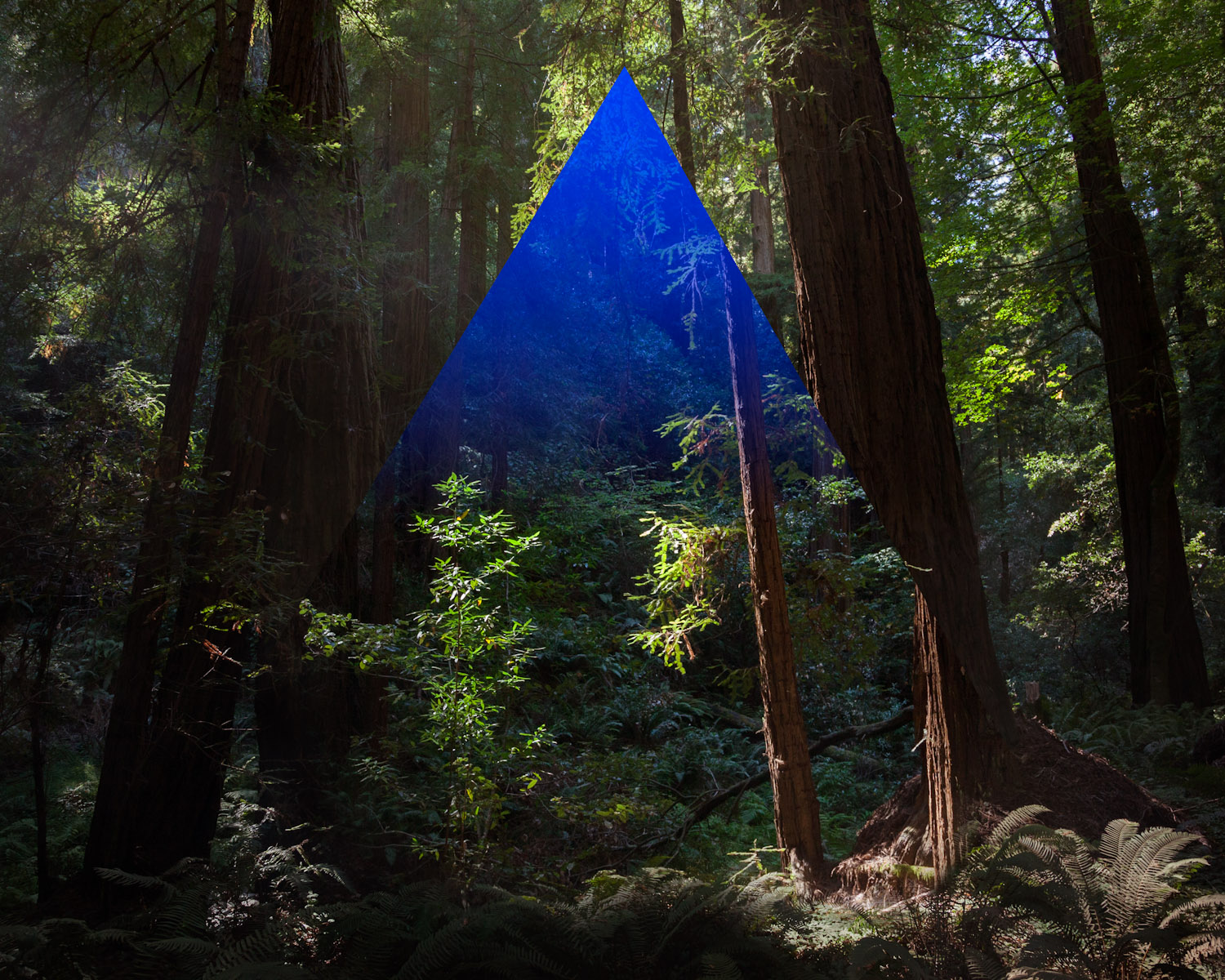

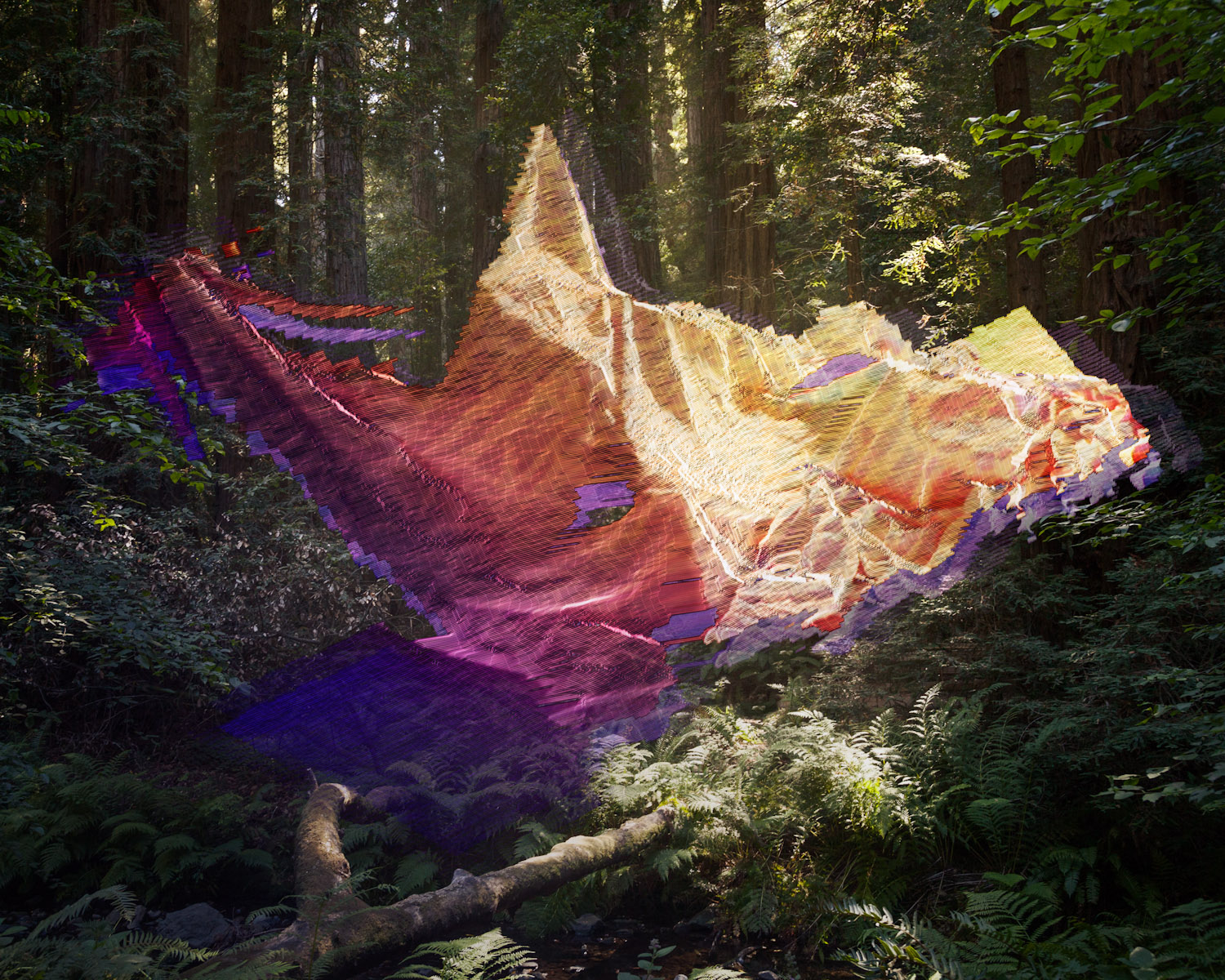
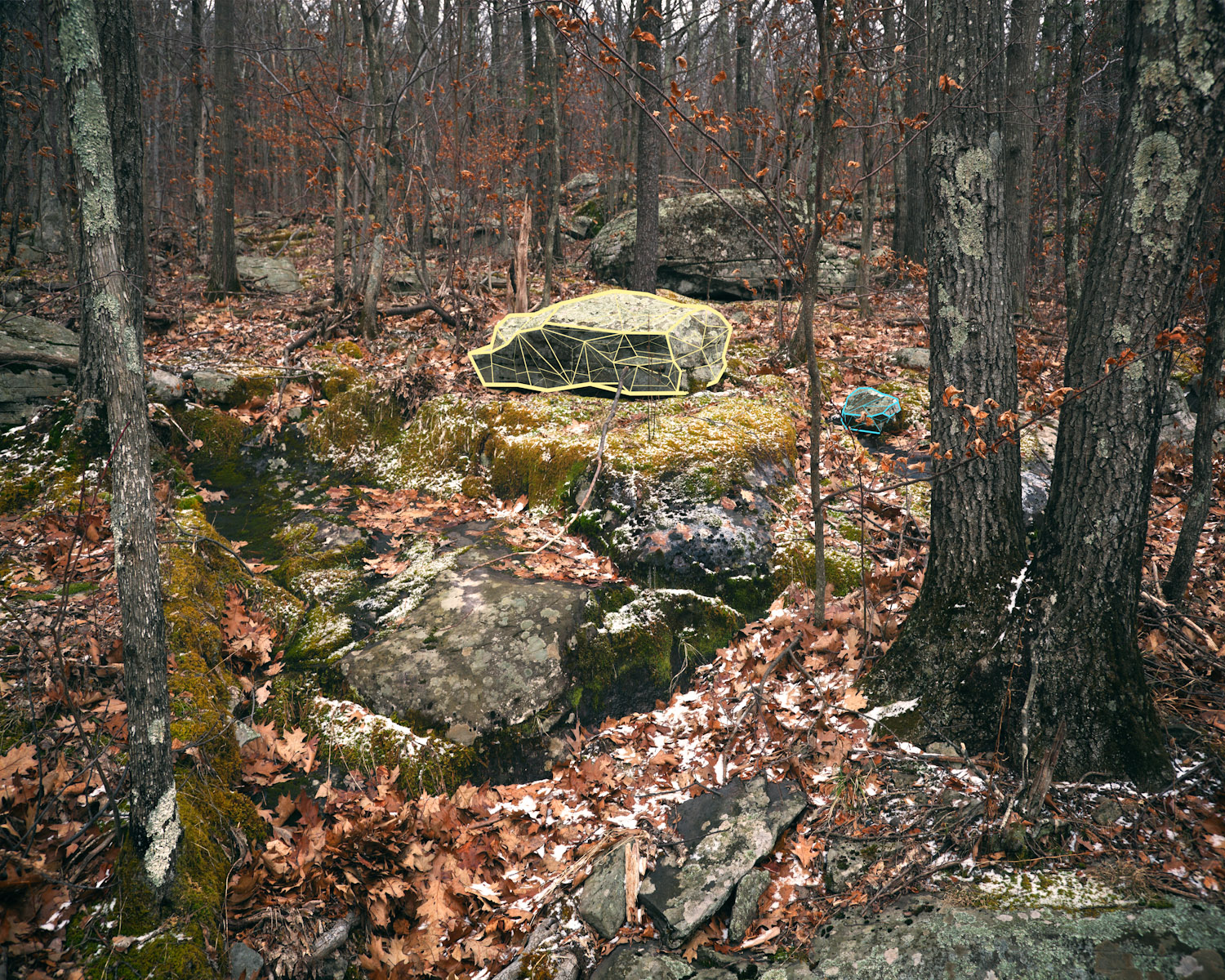
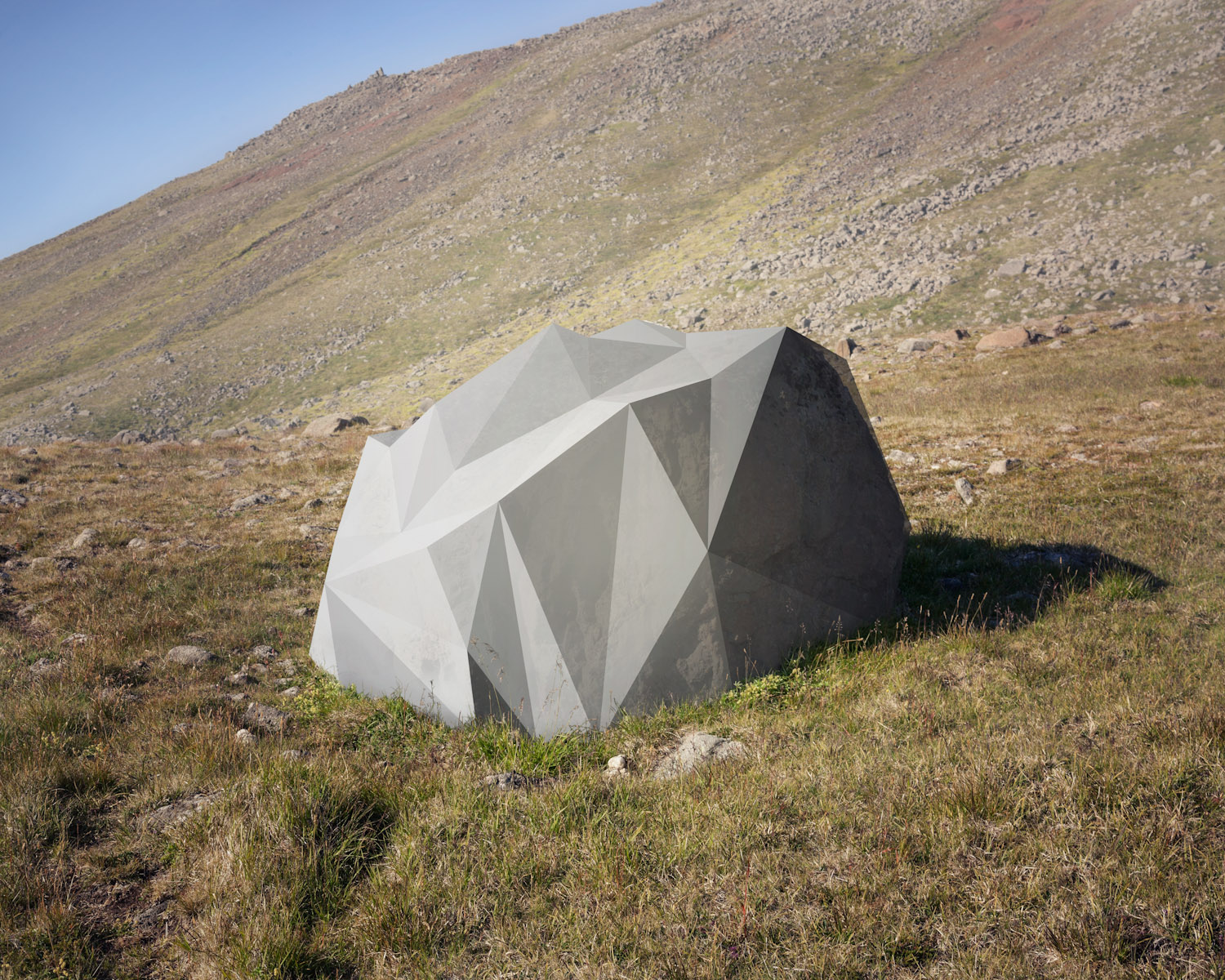
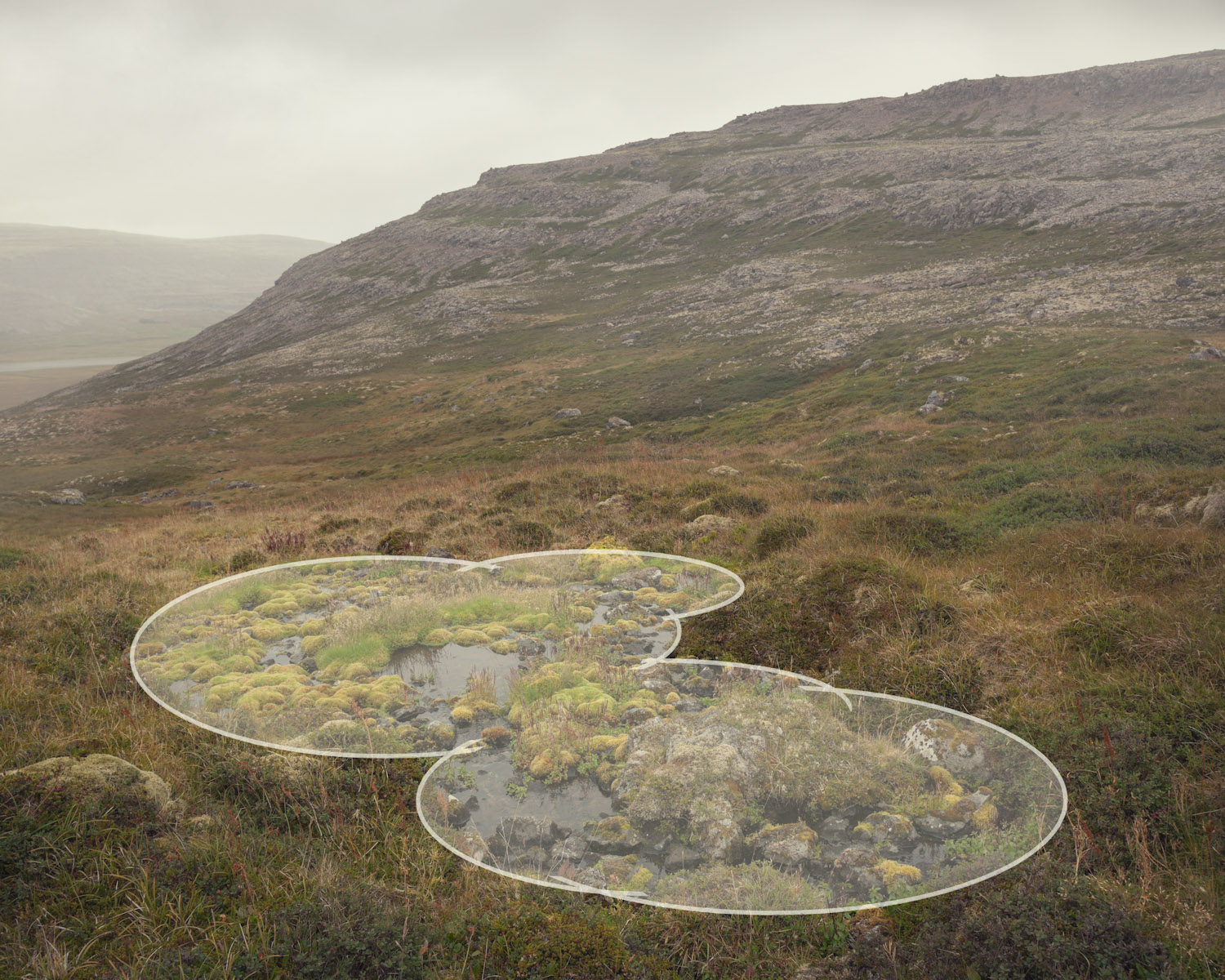

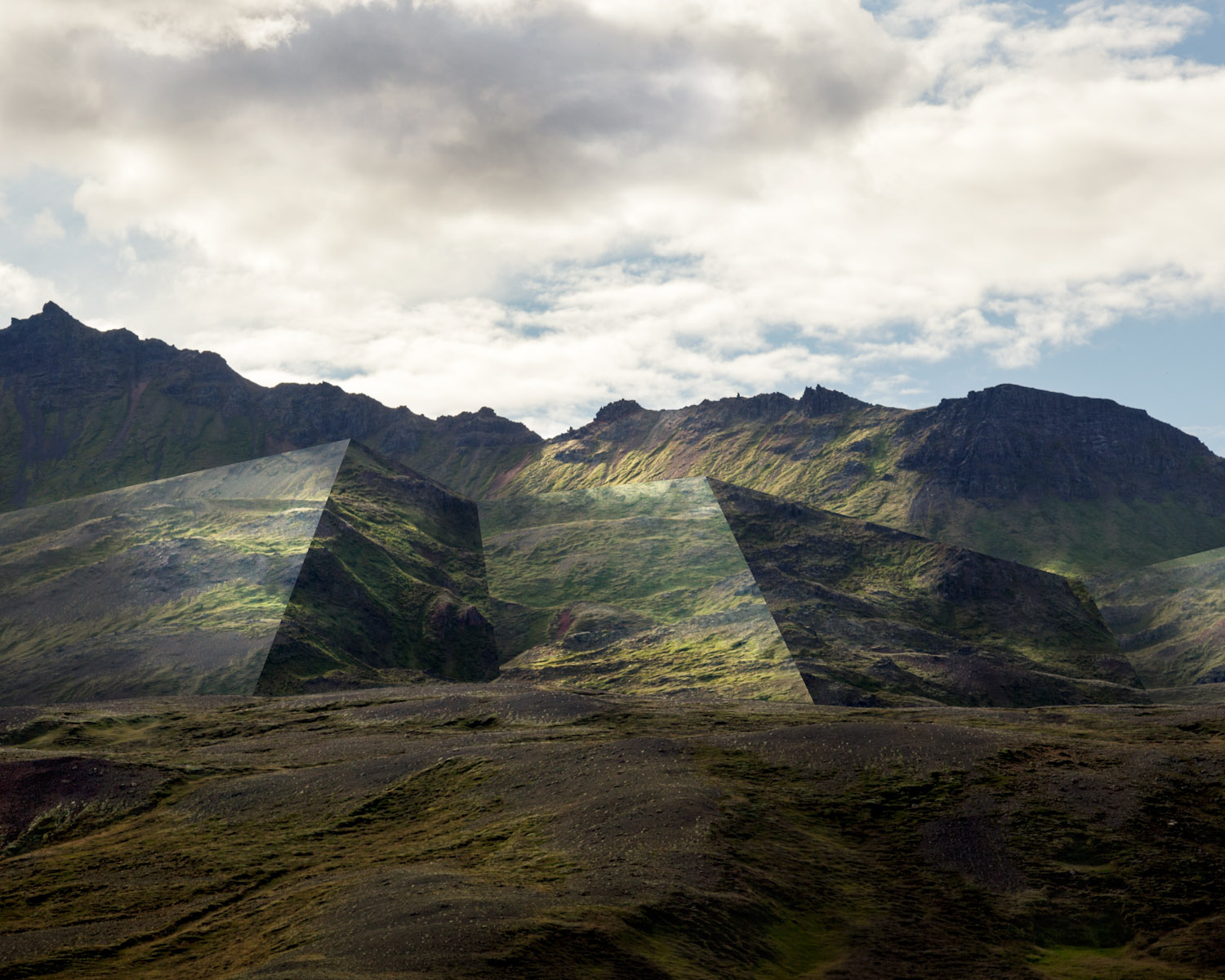






More Must-Reads from TIME
- Donald Trump Is TIME's 2024 Person of the Year
- Why We Chose Trump as Person of the Year
- Is Intermittent Fasting Good or Bad for You?
- The 100 Must-Read Books of 2024
- The 20 Best Christmas TV Episodes
- Column: If Optimism Feels Ridiculous Now, Try Hope
- The Future of Climate Action Is Trade Policy
- Merle Bombardieri Is Helping People Make the Baby Decision
Contact us at letters@time.com